The ACL is a crucial component within the knee, and some of the most serious knee injuries involve this ligament. If you have a serious knee injury, here’s a brief overview of common ACL issues and how to determine whether surgery is required.
What is the ACL?
The anterior cruciate ligament is a ligament within the knee. Like all ligaments, it connects two bones together -- the femur (thighbone) and tibia (shinbone) in this case. Within the knee, the ACL is one of four ligaments. The four ligaments are the:
- ACL (anterior cruciate ligament), which restricts forward movement and rotation of the tibia
- PCL (posterior cruciate ligament), which restricts backward movement of the tibia
- MCL (medial collateral ligament), which provides stability for the inner knee
- LCL (lateral collateral ligament), which provides stability for the outer knee
Of these, the ACL is perhaps the most frequently injured knee ligament.
What Are the Symptoms of ACL Issues?
ACL issues can be either sprains or tears. Sprains are more minor (although they can be significant in their own right), and they occur when the ACL ligament is overstretched. Tears can be either partial or full tears, and they occur when the ligament is stretched in such a way and to such a degree that the ligament’s tissue actually breaks. (A sprain is technically a very minor tear in the tissue, but it’s much less severe than what is commonly referred to as a tear.)
Most ACL injuries are accompanied by substantial pain and several other symptoms:
- Swelling around the knee joint
- Buckling of the knee
- Instability in the knee
When the ligament tears, the pain is especially severe. People also sometimes hear a “pop.”
How Are ACL Tears Diagnosed?
While these symptoms are telling, they don’t necessarily show exactly how extensive the damage to an ACL is or even that the affected knee ligament is injured. A sprain or tear in any of the knee’s other ligaments may result in the same general symptoms.
In order to positively identify an ACL tear and assess the severity of the tear, medical attention is required. Specifically, an orthopedic surgeon should evaluate the knee to determine whether the ACL and/or other ligaments in the knee are torn -- and to prescribe the most appropriate treatment.
What Non-Surgical Treatments Are Available for ACL Injuries?
Less severe ACL injuries, such as sprains and minor tears, can sometimes be treated with non-surgical treatments. These treatments primarily use braces to stabilize the knee and crutches to help keep weight off of it while the injury is healing.
What ACL Injuries Require Surgery?
Any ACL injury that’s more substantial than a sprain or extremely minor tear will almost certainly require surgery. This includes the following injuries:
- Complete tears of the ACL
- Partial tears of the ACL that result in stability problems
- Combined injuries involving the ACL, MCL and/or meniscus
- ACL injuries in individuals who have high activity levels (regardless of age)
An orthopedic surgeon can recommend a non-surgical or surgical treatment depending on the particulars of a specific injury.
Get a Consultation for Your ACL Injury
If you have any of the aforementioned symptoms and suspect an ACL injury, schedule a consultation with one of the orthopedic surgeons at Prime Surgical Suites. Our highly trained and experienced surgeons have the expertise necessary to fully evaluate your knee and suggest the best course of treatment regardless of whether it involves surgery. If your knee does require surgery, Prime offers outpatient surgery for ACL tears in a state-of-the-art facility.
At Prime Surgical Suites, we provide state-of-the-art, cost-effective musculoskeletal surgical care in a convenient and comfortable outpatient setting for patients of all ages. Located in RiverCrest Medical Park, we are the region's first outpatient center focused exclusively on orthopedics. Our physician-led center will help restore your active lifestyle and well-being with compassion and orthopedic excellence.
.png?width=200&height=63&name=Prime%20Surgical%20Suites%20Logo-FINAL%20(REV_2_19).png)






